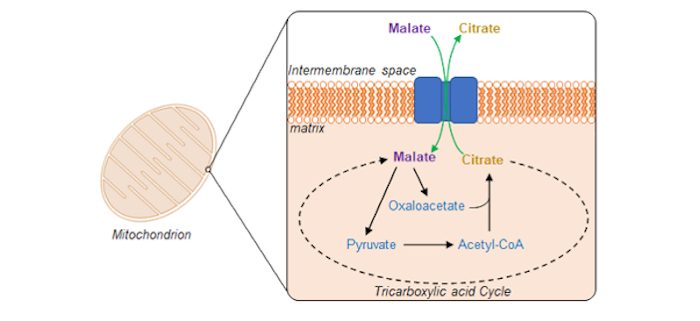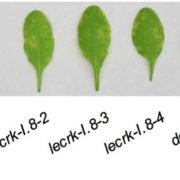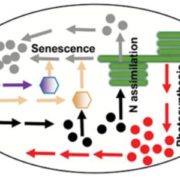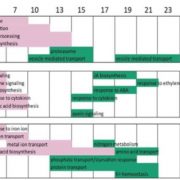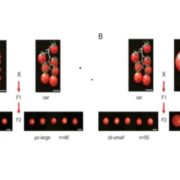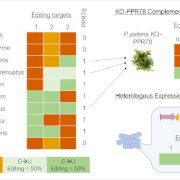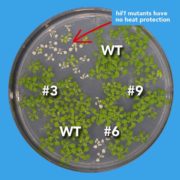Swapping citrate for malate by plant mitochondria
By Chun Pong Leea, Marlene Elsässerb, Philippe Fuchsb,c, Ricarda Fenskea, Markus Schwarzländerb, A. Harvey Millara
aARC Centre of Excellence in Plant Energy Biology, Bayliss Building M316, University of Western Australia, 35 Stirling Highway, Crawley 6009, Western Australia, Australia.
bInstitute of Plant Biology and Biotechnology, University of Münster, Schlossplatz 8, D-48143 Münster, Germany
cInstitute of Crop Science and Resource Conservation, Rheinische Friedrich-Wilhelms-Universität Bonn, Friedrich-Ebert-Allee 144, D-53113 Bonn, Germany
Background: Plants fix CO2 into organic molecules primarily through photosynthesis, with malate and citrate as the two major stored pools of fixed carbon during the daytime. At night, malate is transported into mitochondria to sustain the tricarboxylic acid cycle and ATP production via oxidative phosphorylation. Citrate can be taken up by mitochondria, but in silico flux models suggest that the bulk of mitochondrial citrate is preferentially exported to the vacuole for storage until needed during the day. Although the mitochondrial enzymes controlling malate and citrate metabolism are characterised, the components responsible for mitochondrial malate import and/or citrate export remain enigmatic. Identifying these transport components and their kinetic characters will give new insight into the regulation of day-night fluctuation in malate and citrate metabolism.
Question: Amongst the several likely dicarboxylate carriers (DIC) in Arabidopsis mitochondria, is DIC2 involved in mitochondrial malate transport in vivo and what is the specificity of DIC2 function? Is DIC2 dispensable, given that plant metabolism is highly flexible?
Findings: We verified from four independent sources of evidence that DIC2 facilitates malate uptake and citrate export by mitochondria. The loss of DIC2 in the dic2-1 mutant caused slower vegetative growth, did not change photosynthetic metabolism, but mitochondria isolated from dic2-1 accumulated citrate inside rather than exporting it. DIC2 absence caused metabolic rearrangements and increases in respiration rate, sugar depletion and peroxisomal citrate metabolism at night in order to compensate for the reduction of mitochondrial citrate availability. DIC2 was essential in maintaining metabolic homeostasis when plants were shifted suddenly from light to dark. Finally, DIC2 expressed in yeast microsomal membranes efficiently and specifically exchanged malate and citrate. Our results revealed that DIC2 function is needed for maintaining malate and citrate-driven metabolic homeostasis, but other carriers also exist that singly or cooperatively carry out similar functions.
Next steps: We will use a similar approach to identify other mitochondrial organic acid transporters, inside and outside of the DIC family. We will then expand such analysis to other classes of mitochondrial carriers, with a goal of building a better metabolic model of plant mitochondria and how they participate in cellular metabolism.
Chun Pong Lee, Marlene Elsässer, Philippe Fuchs, Ricarda Fenske, Markus Schwarzländer, A. Harvey Millar. (2021). The versatility of plant organic acid metabolism in leaves is underpinned by mitochondrial malate–citrate exchange. https://doi.org/10.1093/plcell/koab223


